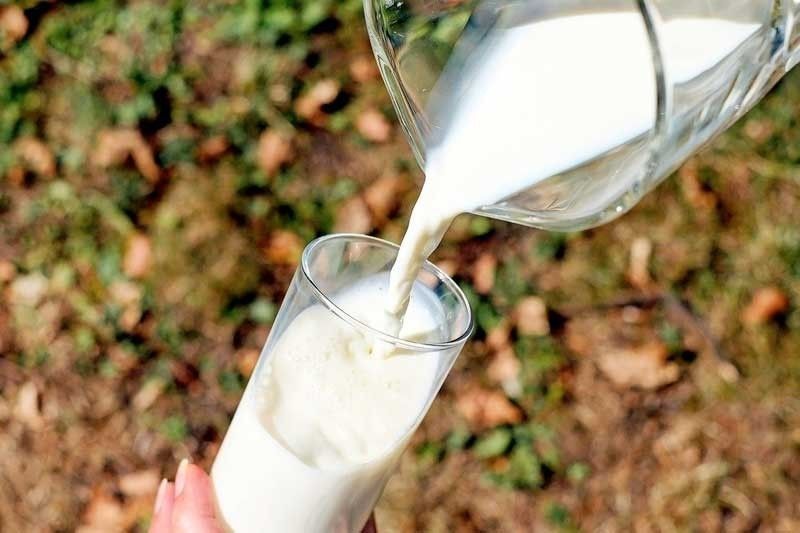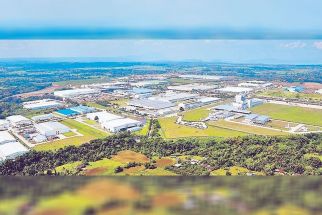Philippine dairy imports to hit record high this year

Manila, Phillipines — The Philippines is seen hiking its imports of dairy products by 21 percent this year amid increasing consumption coupled with favorable global prices, the United States Department of Agriculture (USDA) said.
Based on the latest report of the USDA Foreign Agricultural Service (FAS), the country is expected to import a record 3.5 million metric tons of liquid milk equivalent this year, 21 percent higher than the 2.9 million MT LME in 2018.
“Total imports in 2019 are projected to reach a record as shipments of nonfat and whole milk powder are spurred by favorable global dairy prices. Dairy imports in 2020 will likely increase marginally with dairy prices starting to recover,” USDA said.
As of the first half, total dairy imports reached 1.79 million MT LME.
Skim milk powder (SMP) and whole milk powder (WMP) imports comprised about 57 percent of total dairy imports.
SMP and WMP imports next year are forecast to continue rising due to increasing incomes and consumption, as well as growing use of dairy in food manufacturing, although at a slower pace due to higher global dairy prices.
In 2020, liquid milk imports should continue to increase due to rising consumption and increased use in food service, particularly in coffee shops.
Imports of butter and other dairy spreads as well as cheese will also rise, mainly coming from New Zealand and Australia due to the duty-free advantage and as a result of increasing demand for the products from the expanding middle class, growing fast food industry and hotel and restaurant sectors.
The Philippines produces less than one percent of its total annual dairy requirement and imports the balance.
Local milk production is projected to reach 25,000 MT this year and will likely hit 26,000 MT in 2020 due to increasing consumer preference for fresh milk and growing local dairying capabilities.
The average Philippine milk production per animal at eight liters per day remains low mainly because of poor feed and management practices, compounded with high production costs and a lack of adequate dairy infrastructure.
With a strong economy, an expanding middle class and a growing population, USDA said the Philippines is a large and rapidly expanding market for milk and dairy products with annual per capita milk consumption at 22 kilograms.
“Other factors contributing to the long-term trend of strong growth in dairy consumption are expanding cold chain capacity, an increasing number of supermarkets, and a blossoming food processing industry,” it said.
Dairy products are currently the country’s third largest agricultural import after wheat and soybean meal. Major suppliers are New Zealand at 39 percent, US 21 percent and Australia seven percent.
The development of the Philippine dairy industry remains a priority of the Department of Agriculture (DA).
While the DA accepts that the Philippines cannot compete in the powdered milk market, it believes it can greatly augment the supply of fresh milk to the market.
The National Dairy Authority aims to accelerate dairy herd build-up and milk production, enhance the dairy business through delivery of technical services, increase coverage of school milk feeding programs, and promote milk consumption.
- Latest
- Trending




























